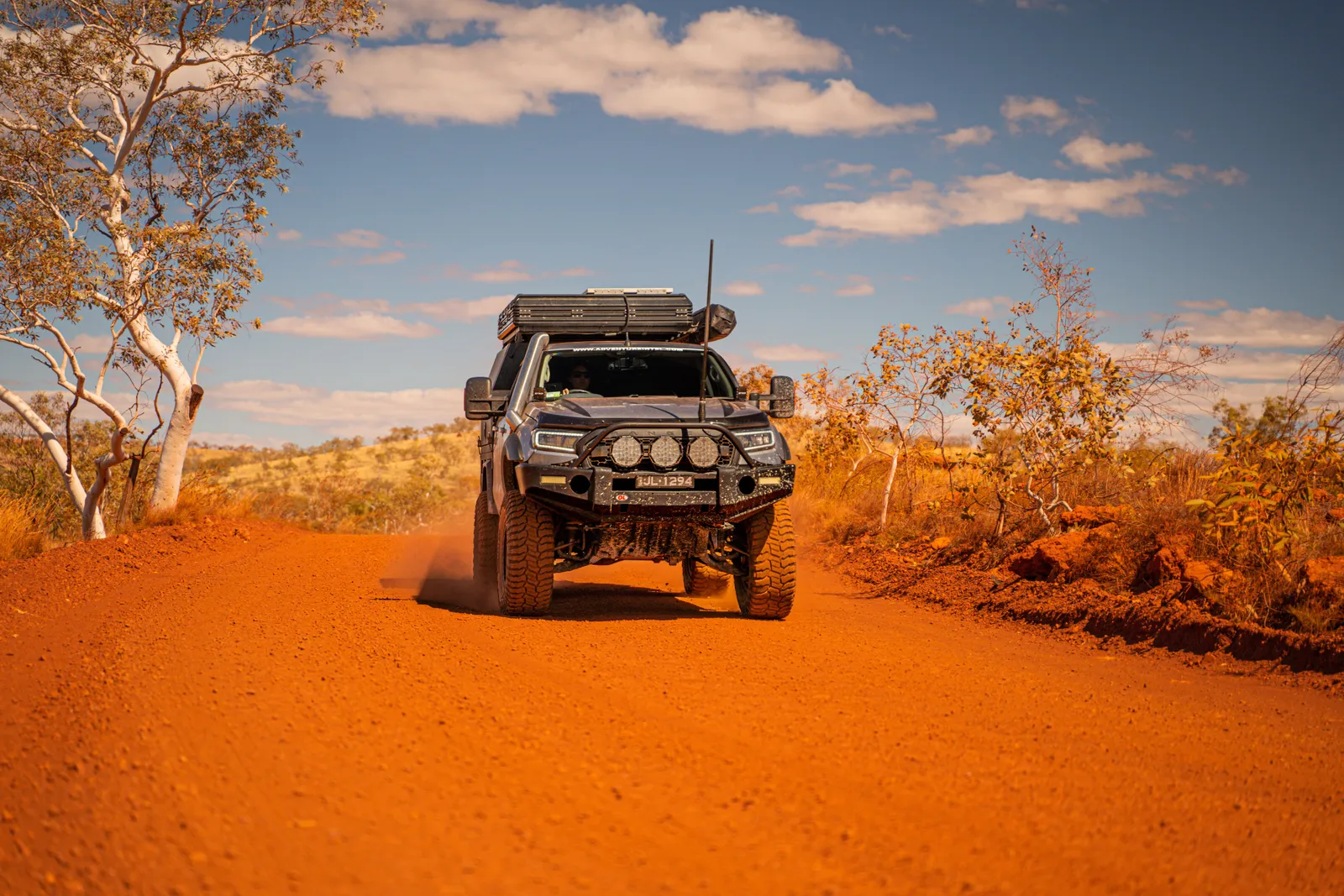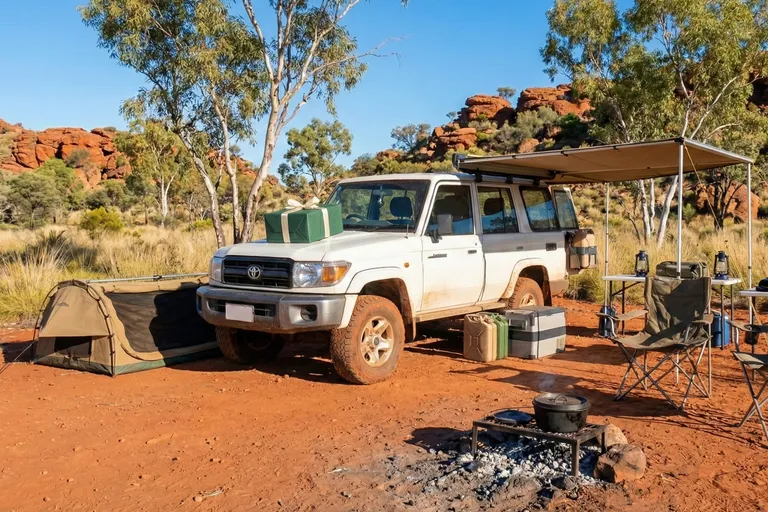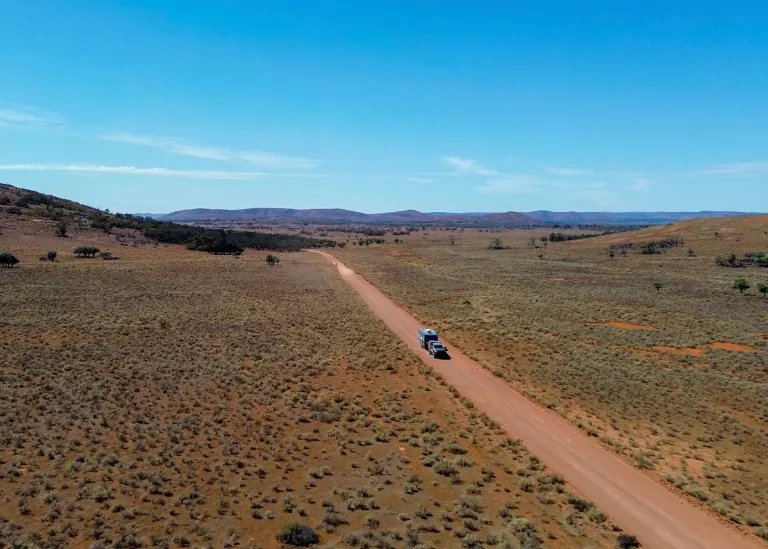In my opinion it’s downright dangerous to be touring a country like Australia without a solid bullbar. Last year over 54% of Australian drivers were involved in an accident involving an animal, equating to over 21,000 separate incidents, and they’re just the ones that were reported.
In rural areas, particularly across the outback, animal strikes are more than a minor inconvenience—they’re a serious risk to both vehicles and drivers alike. The most affected were the more rural stretches of New South Wales, Victoria, and Western Australia. With kangaroos accounting for a staggering 80% of all animal strikes and most collisions occurring in the early morning and dusk when wildlife is most active.
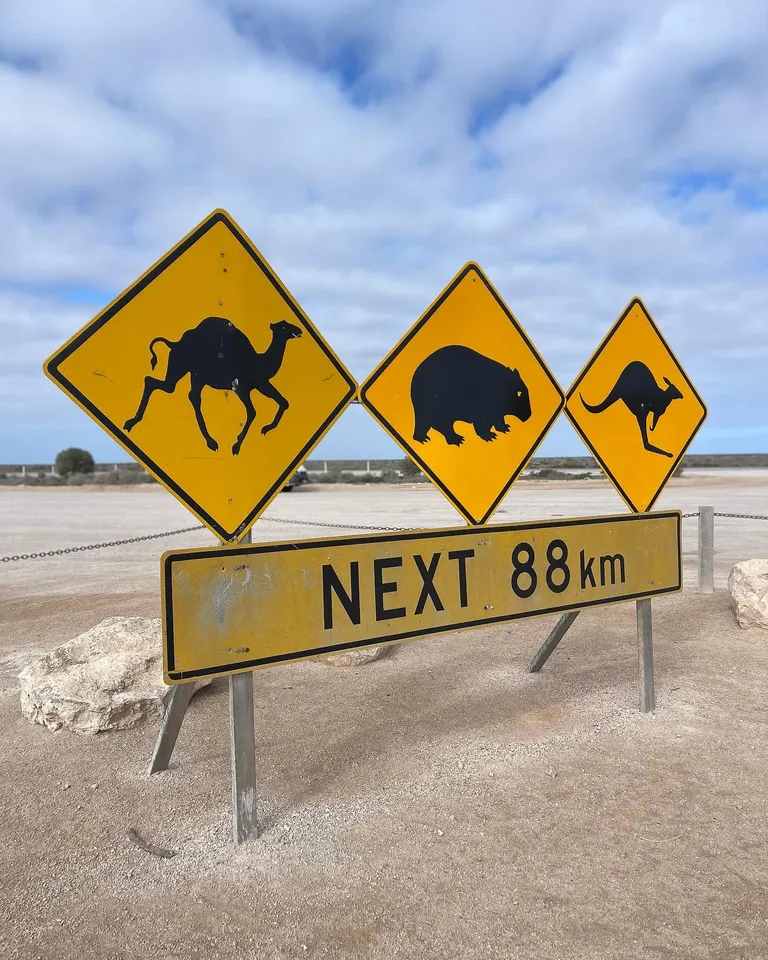
animal collisions and accidents australia
For those driving the outback or roo-heavy regions, a bullbar isn’t just a precaution; it’s practically mandatory. Without one, a close encounter with a kangaroo can leave the front end of your 4X4 looking like an accordion and risk leaving you stranded hundreds of kilometres from anywhere. With these statistics in mind, let’s get into which type of bullbar best suits your adventure.
Steel Bullbars
Let’s start with the classics. Steel bullbars are what most people picture when they think of a bullbar (if they’re not thinking of Deni-Spec five-posters) Because they’re steel, they're as tough as well… Steel. Making them your best friend and a kangaroo's worst enemy when you’re out bush, and my personal choice for protection. But, like most 4X4 accessories they come with some significant pros and cons.
Pros of Steel Bullbars:
- Durability: Steel is the go-to for those who plan on taking their 4X4 into locations where the threat of a big hit is ever-present.
- Serious Protection: If you're deep in roo country, or somewhere with a healthy population of cattle, you’ll want a steel bullbar. Steel bullbars are designed to take a big knock and remain largely intact (depending on what you hit and how fast you’re travelling, of course).
- Load Capacity: Steel bars are generally better for mounting extra accessories like winches, light bars, and antennas. So, if you’re modifying your rig for the all Aussie experience, steel gives you all the options.
Cons of Steel Bullbars:
- Weight: These things are heavy. Great for protection, not so great for fuel efficiency, handling, or your suspension. If you’re adding a steel bullbar and a winch or other accessories you will almost certainly need to beef up your suspension.
- Corrosion Risk: Steel can rust, especially if you’re driving near the coast or in humid climates. Regular maintenance such as fresh water wash downs and a lick of fresh paint are a must. I have had great success painting mine with a product called Raptor Liner which shrugs off the stone chips and scratches that lead to rust.
Who they’re for: Everyone, really. I have run a steel bullbar since I can remember and wouldn’t swap it out for anything unless NASA came up with some indestructible material that weighs as much as a tyre deflator. However, they do require more of an initial outlay to protect your investment, which is worth considering.
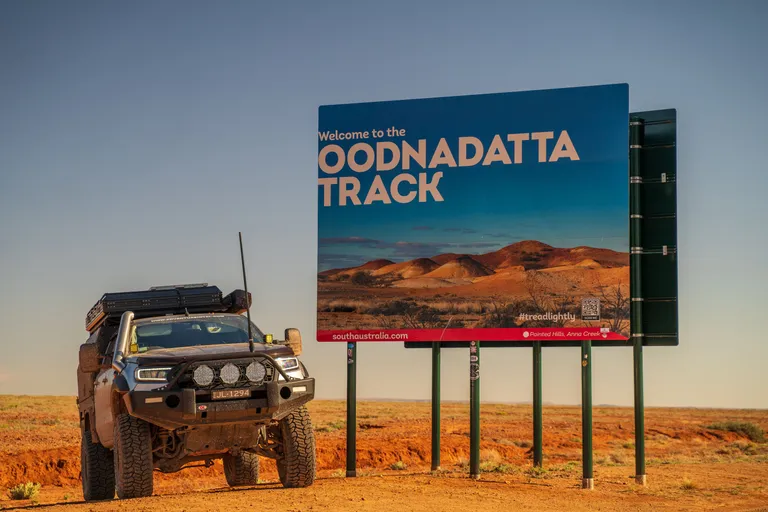
steel bull bar powdercoated outback driving
Alloy Bullbars
Alloy bullbars, often made from high-strength aluminium, give you decent protection without the extra baggage. They’re lighter, which means less wear on your suspension and better fuel economy, but they don’t stand up as well to solid or repeated impacts. I had a vehicle on test that was fitted with a factory alloy-bullbar which collided with a ‘Roo at around 65 KM/h. The bullbar actually snapped its mounts and folded back on the bonnet, likely resulting in more damage to the vehicle than if there’d been no bar at all. Alloy bullbars still have their place though, if you’re just looking for a place to mount some accessories and don’t drive in areas with an increased risk of an animal strike, they should do the job.
Pros of Alloy Bullbars:
- Lightweight: It should come as no surprise: Alloy bars are significantly lighter than steel, which means better handling and fuel efficiency. Your vehicle won’t feel as weighed down, and you won’t need to worry as much about your suspension setup.
- Corrosion Resistant: Aluminium doesn’t rust, making it perfect for coastal wheeler or anyone who prefers low-maintenance gear.
- Price: Alloy bars are generally cheaper than quality steel bullbars.
Cons of Alloy Bullbars:
- Less Durable in Serious Hits: While alloy is strong, it’s not as tough as steel. A solid hit from a big roo or rock can do more damage than it would to a steel bar. My steel bullbar has taken multiple hits and still shows no signs of damage (aside from the sticker coming off). Alloy bars will generally warp or crack from just one hit.
- Limited Load Capacity: Alloy bars are lighter, so they can’t handle as much weight as steel when it comes to accessories like winches, which generally require a separate cradle. You can still fit lights and antennas, but be cautious about overloading the bullbar.
Who they’re for: Alloy is for the 4X4’er who wants some protection without sacrificing too much weight or fuel economy. If you’re sticking to milder tracks, and less rural areas, and prefer the fuel savings of a lighter setup, alloy’s got your name on it.

outback travel and driving australia
Hybrid Bullbars
Now, let’s talk about the new(ish) kid on the block: hybrid bullbars, including options like the SmartBar. These are made from high-density polyethylene—so yeah, plastic, but don’t turn your nose up just yet. Hybrids like SmartBars are lightweight, flexible, and designed to absorb impact without transferring as much force to the vehicle. They might not look as intimidating, but they’re purported to be changing the game in vehicle protection. If you’re wondering where you can see one in the wild take a look at most ambulances, if they have a bullbar fitted it’s almost certainly a SmartBar.
Pros of Hybrid Bullbars:
- Lightweight and Flexible: These bars weigh much less than steel or alloy, which means no extra stress on your suspension. Plus, they flex on impact, which is said to reduce damage to your vehicle and the bar itself.
- Impact Absorption: SmartBars are designed to absorb hits and bounce back into shape. So, if you do run into a kangaroo (and let’s face it, it’s more a case of when, not if), the bar is more likely to recover without leaving a big dent.
- Corrosion Proof: Being plastic, hybrid bars don’t rust or corrode, which makes them great for salty coastal conditions or wet climates.
- Compatibility with Tech: Many hybrid bars are designed with modern vehicle tech in mind, so if you’ve got front sensors, radar, or advanced driver-assist features, these bars are often more compatible than traditional steel or alloy.
Cons of Hybrid Bullbars:
- Less Aggressive Aesthetic: If looks are important to you, you may not love these hybrid bars. They’re certainly an acquired taste.
- Potential Limitations on Hardcore Tracks: While they can absorb impacts from wildlife, they’re not made for high-impact rock crawling or intense off-road scrapes.
- Price: These bars do tend to set you back more than their steel and alloy cousins.
Who they’re for: Hybrid bars are perfect for the 4X4’er who values weight savings, modern design, and isn’t planning on hardcore climbs. They’re ideal for daily drivers, weekend warriors, or anyone with a vehicle loaded with sensors and tech that needs a more adaptive bar.
Getting ready for your next adventure?
Make sure you've got insurance that can go there too.


